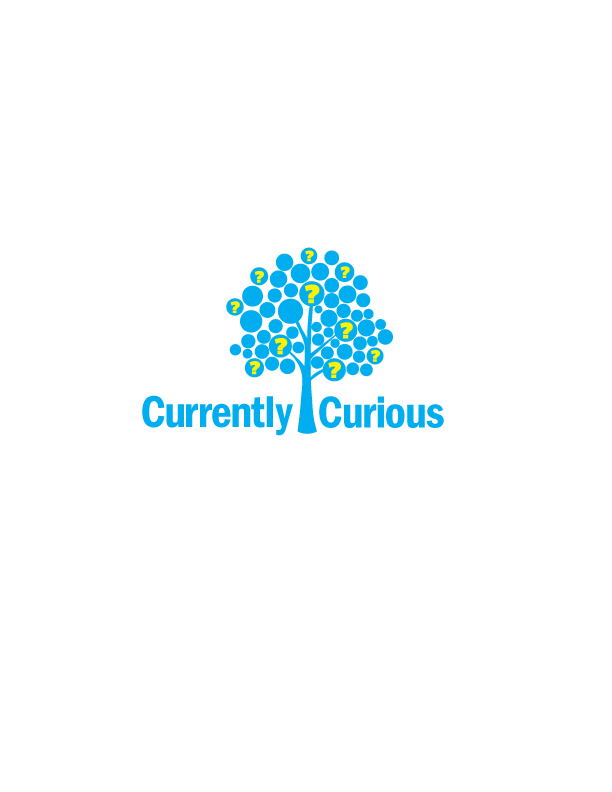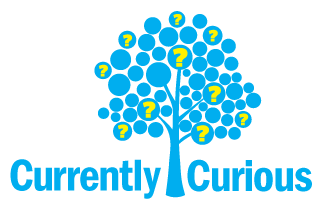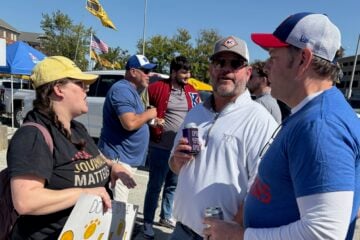Why hasn’t pubmedia held one big pledge drive?

We put three questions up for a vote in the latest round of our reader-powered reporting project, Currently Curious. The question that pulled in the most votes from our readers was: Why don’t all public broadcasters coordinate on a national pledge drive?

Hungate
The question was submitted by Tom Hungate, PD for television at Northwest Public Broadcasting in Pullman, Wash. Hungate said his idea grew from his more than 25 years in public broadcasting, working in promotion, production, development and membership.
A national pledge drive that included both public radio and TV stations could promote why public broadcasting is different from commercial broadcasting, Hungate said. The message: Public broadcasters share a mission to produce and present great programs that meet audience needs and are delivered in a noncommercial manner, and all seek listener and viewer support.
Hungate compared the idea to Jerry Lewis’ telethons for muscular dystrophy, held annually on Labor Day weekend for 40 years. The variety shows included song and dance, testimonials and video vignettes of people affected by muscular dystrophy. A timpani rumbled as a tote board’s numbers flipped to the amount raised.
“That’s old-school stuff, but the idea was a coordinated effort,” Hungate said.
Hungate said he’s not sure how it would all work, though. Public broadcasters have coordinated on fundraisers for major disasters, such as Hurricane Katrina. Stations with access to joint master controls might have an easier time working together, Hungate said. Perhaps CPB could cover any shared national expenses that arise in the beginning, he said. It would be key to win widespread buy-in and agreement on a day or multiple days.
 By working together, stations can help viewers and listeners better recognize and appreciate public broadcasters and thereby support them, Hungate said.
By working together, stations can help viewers and listeners better recognize and appreciate public broadcasters and thereby support them, Hungate said.
“If nothing else, it’ll be interesting to think about how we all share this vision and desire to do good things,” Hungate said.
To answer Hungate’s question, we’ll look into whether such a fundraiser has been discussed — and if not, why not? What do you think of Hungate’s idea? Let us know in the comments below, or email me at april@current.org.
Submit your own question to Currently Curious in the form below. It could be investigated in a future story.






I can’t speak to public TV, but in public radio every station is different in how much revenue it needs to raise from a given pledge drive. And each market is subtly different in how many drives it will support (and how long they’re done each time).
I would imagine that public radio cannot realistically do truly nationwide coordinated pledge drives without also engaging in some kind of revenue-sharing from the drive. Which, of course, will be a cold day in hell before that happens. Big stations resent subsidizing small stations. Small stations resent big stations hoovering up all the available major donor/grant money. Stations uneasily co-exist in the same markets as competitors, etc etc etc.
If one goes back in history to the 1970’s, you’d find that such a thing was tried for public television. It was called “Festival” and it was the first nationally-coordinated drive (I think it may have been 1976). With funding from the Ford Foundation, PBS created some special programs and created something called the “Station Independence Program” which for years people referred to as SIP. Only some of it was nationally coordinated — for example, the last night often was a big performing arts special. I recall several that were called “Night of 1000 Stars.” The fundraising breaks were purely local. It worked for its time. I can’t really find a strong rationale for why a nationally-coordinated on-air fundraising campaign would be a good approach. The biggest problem with national fundraising messaging is that it has to operate at the most generic level so that it works everywhere.
While a nationally-coordinated fundraising approach would pose logistical or ideological challenges (i.e., “We don’t do fundraising when everybody else does”, “It won’t work in my market unless it has XYZ type show”, “Our market is different”) we could coordinate our messaging nationally and distribute customizable assets that have the same look and feel. A good example is #GivingTuesday. If you use #GivingTuesday assets, and promote #GivingTuesday, you already have the mindset for a coordinated campaign for public media. They can be fashioned graphically for different categories:
• TV
• News
• Classical
• AAA
• Jazz
• Omnibus or join licensee
Each year, public media would have a unique theme around which the assets are built. The individual stations could then put their own imprint on the assets (brand, logo, etc). Stations could air the campaigns whenever they wish, but like any good franchise-style national campaign, it would feel like a large, national effort. Wherever you go, online or geographically, you will see & hear strong, coordinated, tested messaging.